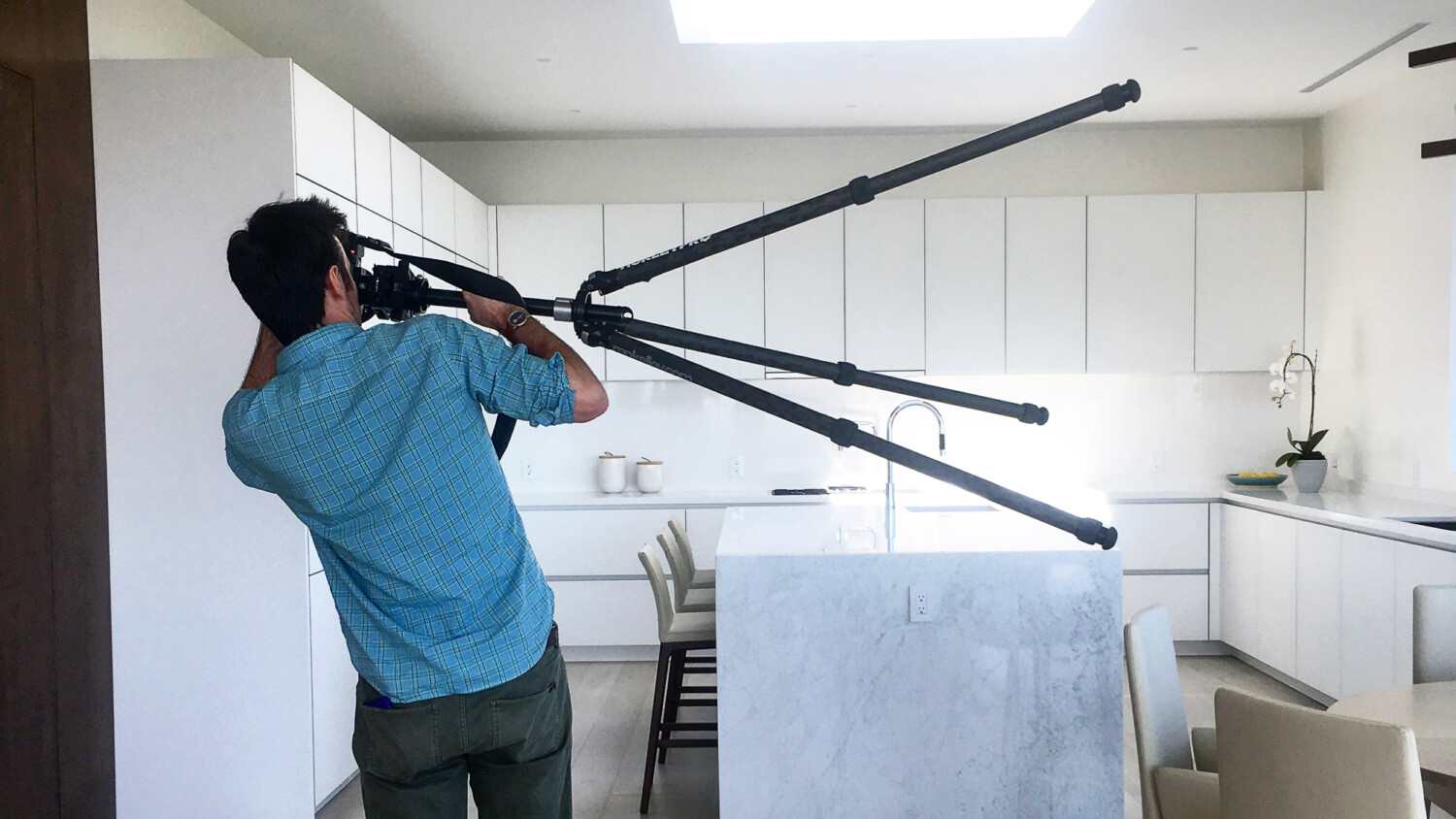One Of The Fastest Ways To Become a Better Photographer
Sorry, I’m clickbaiting you here. There are a few oft-repeated phrases that will help you to “become a better photographer.” These platitudes include things such as placing yourself in more interesting situations, concerning yourself (a true master, of course) with the qualities of light rather than gear, slowing down to make better photographs, speeding up to make better photographs, and on and on. I’m here to tell you that the single most important thing is…
…Working with an assistant
Yep, that’s it. It may seem somewhat straightforward and obvious but I personally know and see many photographers online working their tails off without an assistant. Some are having some success (though it seems their life is harder than it needs to be) and some are constantly struggling to break out of low-paying gigs and into higher paying, more serious work.
At this point in my career I don’t think I could work without an assistant. In fact, it’s pretty non-negotiable when I am bidding on a job that an assistant travels with me or meets me on the location. There are some rare exceptions to this, such as if I am asked to return to an exterior of a public building where I’d be unable to style the scene and would be watching life unfold in front of me rather than trying to stage and style it. Honestly, even in those situations I at least try to bring an assistant along but sometimes these types of shoots pop up quickly due to weather or last-minute requests and my go-to assistant might not be available.
So for the purpose of this article lets assume that I’m talking about full-day shoots where you are on a location, making multiple photographs from early in the day until sunset, a fairly typical arrangement for professional architectural photography.
Unpacking the mental load of working alone
If you really think about it, the mental saturation that occurs when you are working alone can be downright exhausting. Here’s a quick list of things we deal with on an average shoot day.
- Managing the client
- Managing a shot list
- Staying on time with the shot list
- Remembering what you moved and where it went
- Remembering your equipment and where you moved it (the cinefoil in the light, the shim below the table, the A-clamps on the curtains, etc)
- Remembering your belongings (god only knows where my sunglasses and car keys always end up)
- Ordering food for breakfast/lunch/dinner/whatever meal you eat on set
- Moving furniture without injury
- Talking to clients, homeowners, tenants, building managers
- Arranging access to rooftops, balconies, etc
- Putting together equipment, taking apart equipment, packing equipment at the end of the day
- And last but not least…MAKING PHOTOGRAPHS! A largely mentally demanding task on its own.
And the list goes on – point is – it’s a lot. Managing all of that alone takes a ton of time and mental energy, something that’s at a premium while we are trying to make images. Who hasn’t been on a shoot with a talkative homeowner or client? We love our clients – but let’s be real – sometimes we need someone to run interference and absorb the chit-chat while we focus on what we are being paid to do. At the end of the day if you don’t come away with good enough or just plain enough photos because you were hamming it up with the client, that’s going to be a problem.
I’ve lost track of the number of times I’ve had my head in the camera and the client asks me a question which I just don’t even register, but my assistant can gracefully answer without distracting me from the task at hand. Or the homeowner who is losing their mind because we moved a family heirloom – yep – assistant is there to placate the situation. How about trying to get roof access to a building? I can send the assistant across the street to find the right contact, get their information, and arrange a COI if necessary, all while I continue to shoot the office I was being paid to shoot. That would be at least an hour of time spent away from creating photographs that instead I don’t have to worry about.
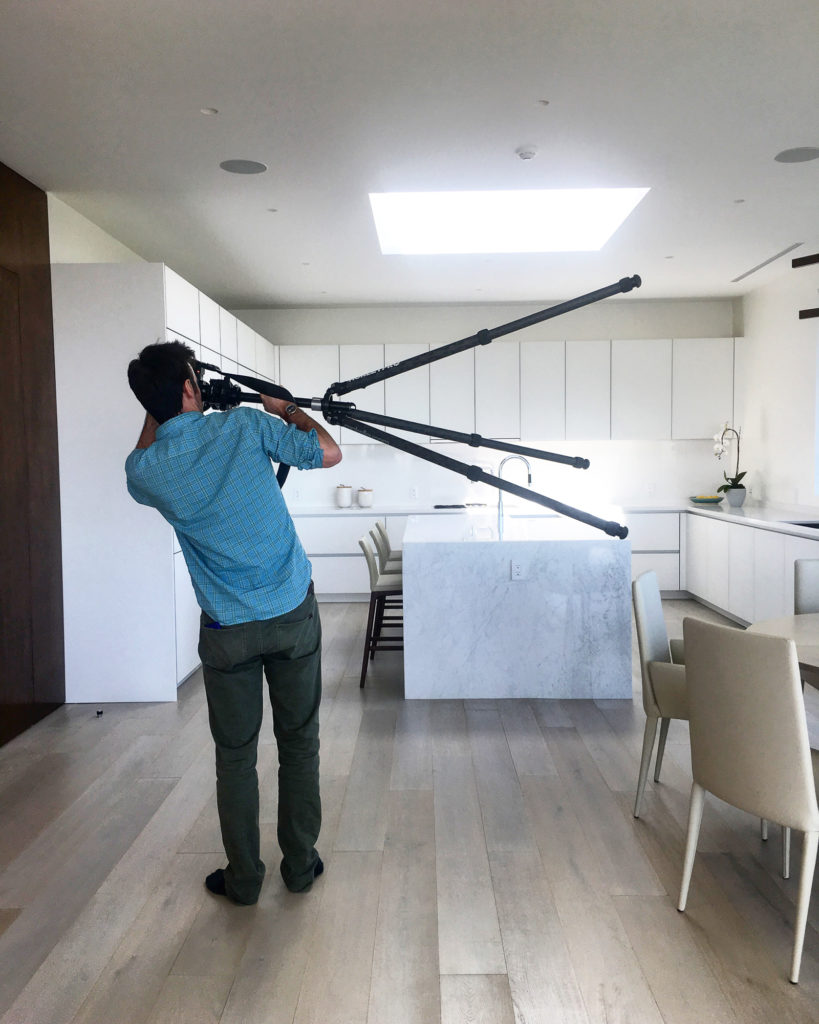
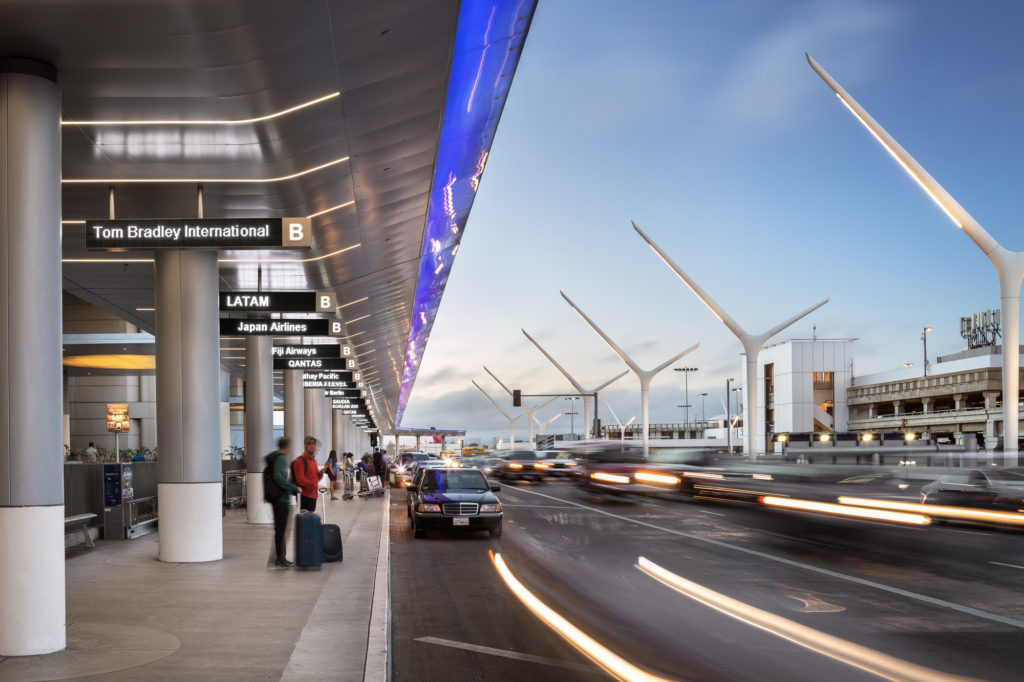
Or the hanger – my assistant(s) all know how I crash after 4 hours without food. Orders are taken an hour ahead of time, client stays fed, I stay fed, everyone stays happy. This one is bigly important for me personally, but again, it’s one less thing I have to worry about.
When I worked alone, the amount of little mistakes that I didn’t catch until I was home to do post production was staggering. This is 100% because I didn’t have the focus required to create great photographs while I was task-saturated with all of the other nonsense going on behind the scenes. The way that these distractions often manifest is in sub-par photographs, but it can also come in the form of an unhappy client, irritable you, and slim chance of working with that client again because the experience wasn’t as smooth as it could have been.
How much should you pay for this?
I pay between $350-$450 a day and in a major city I would think most rates would be similar. In Europe and Asia this may be a little less depending on tax structures and how far into the stone age your country is with things such as national healthcare, but I’ve found that this is a fair rate for the level of service and improvement in quality of day-to-day working environment that an assistant brings. When we are invoicing into the thousands of dollars, it’s a no-brainer. But what if you aren’t invoicing that much yet? Is it still worth it?
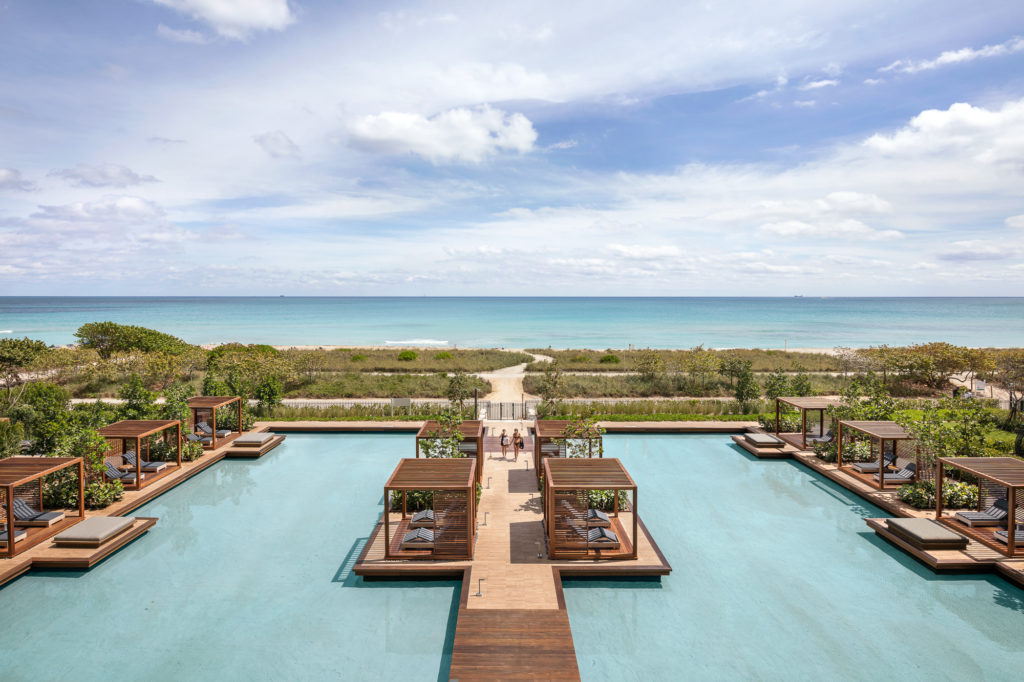
Unequivocally yes, especially on important projects that can go into your portfolio. Being able to free up the mental space to focus on making the best pictures possible will ensure that you get the most out of big opportunities when they present themselves. Even if your margins take a hit due to the cost, it will be worth it to bring on an assistant to improve the quality of your photography. This, in turn, will lead to you being able to charge more in the future – which will be perfectly justified because your client will have a much better experience working with you for the reasons I outlined above, and because you’ll be able to focus SOLELY on making the best pictures you can. Without having to worry about all the nonsense in the list up above.
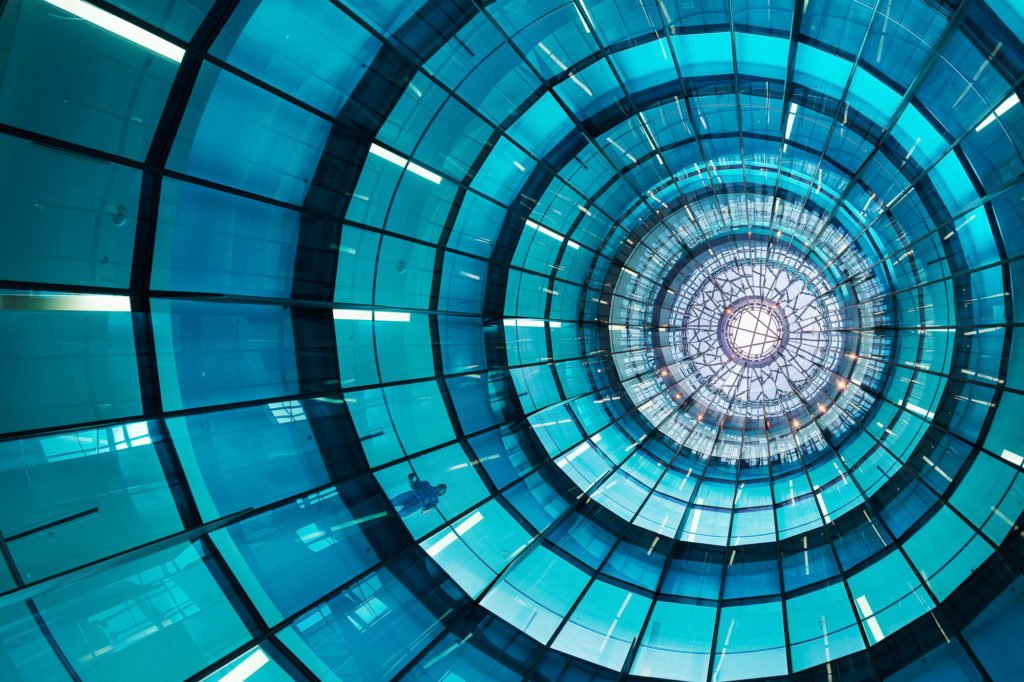
Bottom Line
Hire an assistant, or curate a stable of assistants that you can call in whenever you need them. It will relieve a huge mental burden from you on shoot days and you’ll come away with much better pictures. Not to mention that you’ll probably come home a much happier person because you had such a better time on your shoot – and that’s a win for everyone, yourself and your family included. An assistant has become an integral part of my workflow and my pictures are immeasurably better as a result of it – you can’t afford not to have one if you want to take this career seriously.
